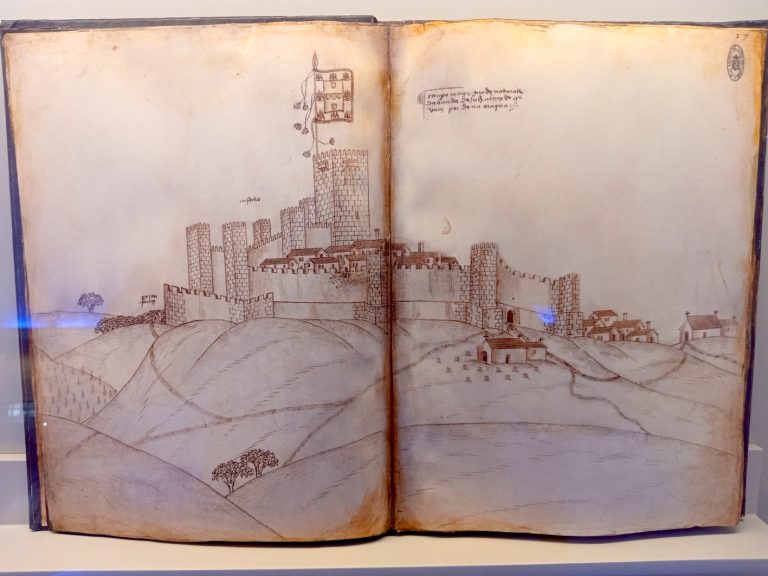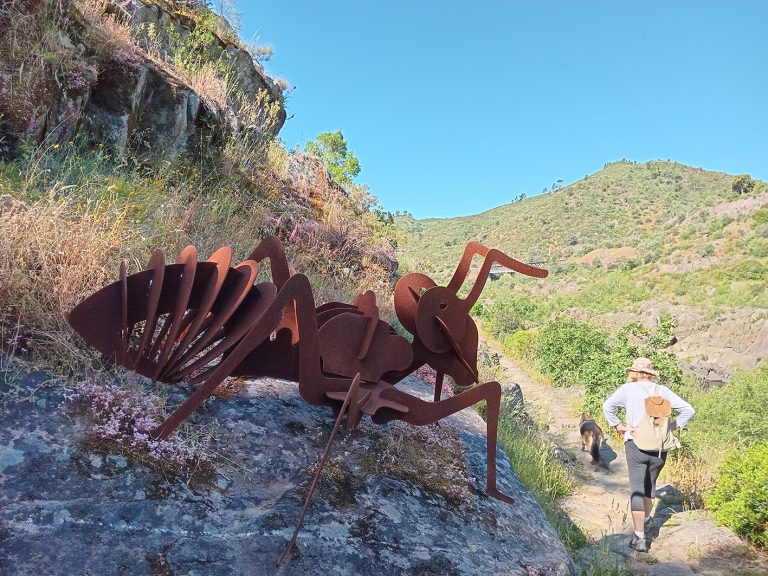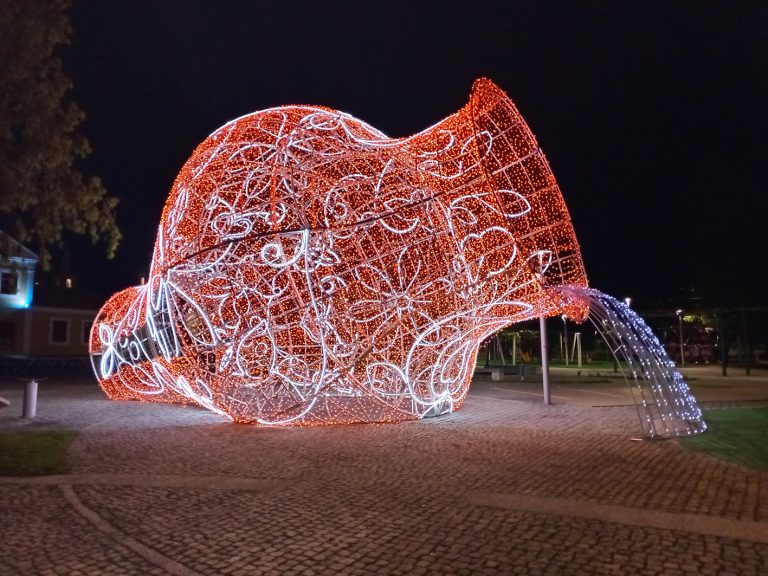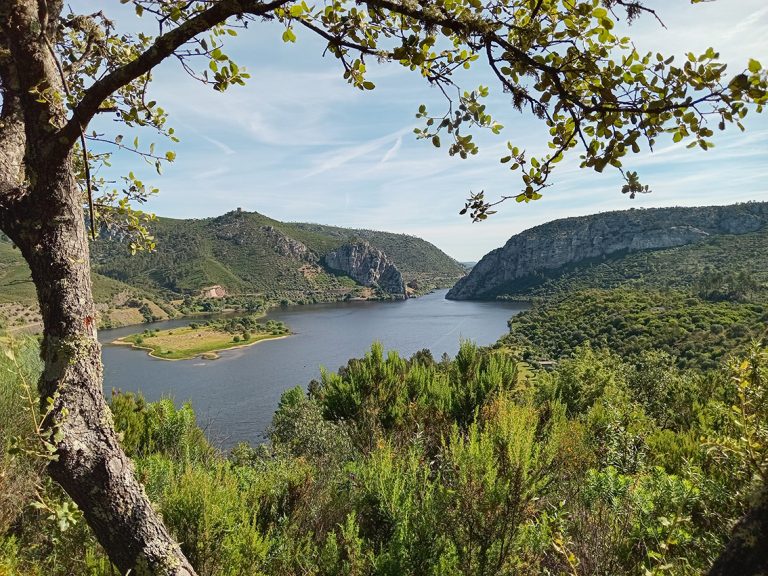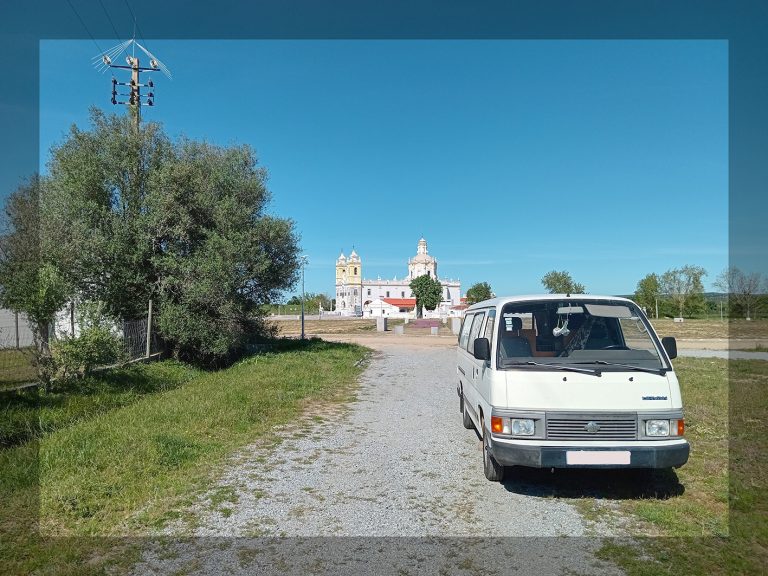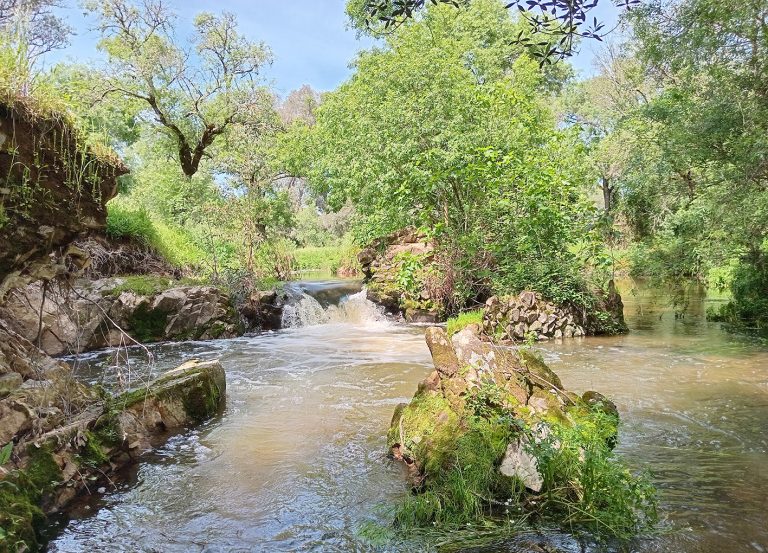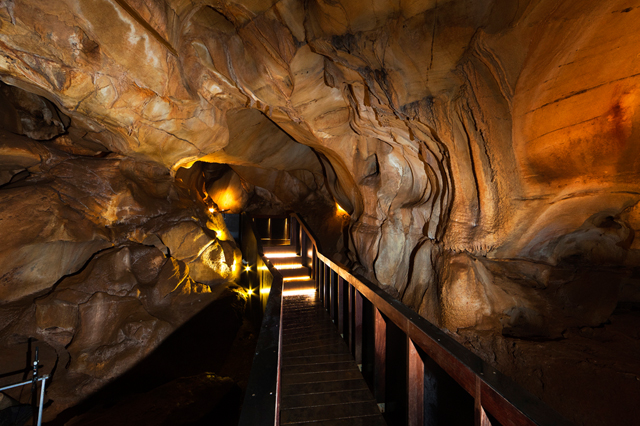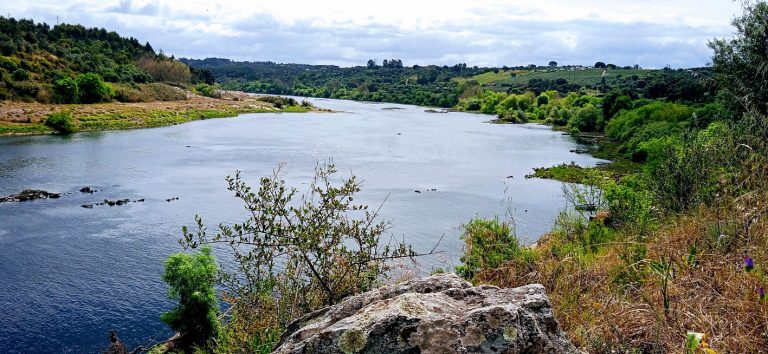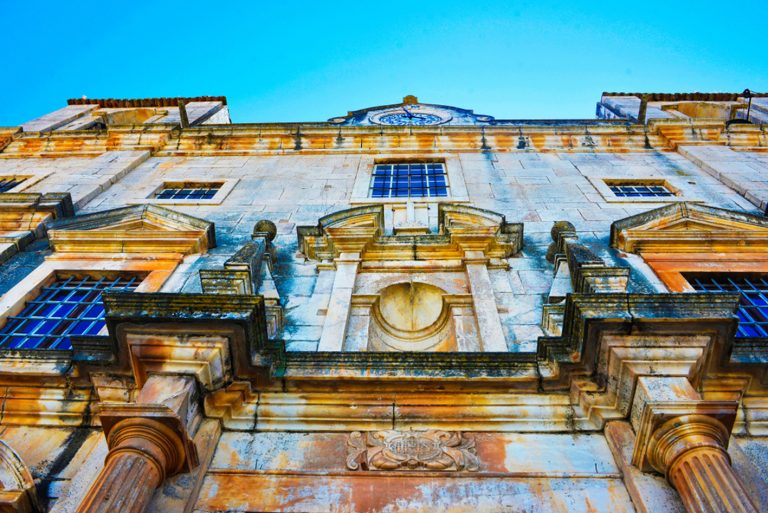Campo Maior is a frontier town, at its closest point only seven kilometres from Spain, and because of this location it has played an important part in Portugal’s history, particularly during the Spanish Succession and Peninsular Wars. Its townsfolk are solid, resourceful people who have been through more than their fair share of hardship and tragedy – and to better understand their story, a visit to Campo Maior castle is a must.
We have just completed another fantastic river walk along the banks of the Tagus, called the Trilho da Barca d’Amieira.
Nisa is just over an hour’s drive from Estremoz, heading north towards the Rio Tejo. We’d been wanting to visit for a while, for three reasons: the ceramics, embroidery and cheese, which are all famous in the region!
Our second road trip in April 2024 took us north to Nisa and surroundings in upper Alentejo. We hadn’t set out to make a major trek but while visiting the tourist office we picked up a leaflet and map of PR9 Trilho da Mina de Ouro do Conhal (Hike of the Roman Gold Mines), which sets out from a little village called Arneiro close to the Rio Tejo that divides the Alentejo region from Beira Baixa.
Moving on from Alcáçovas on the second part of our road trip, we headed over to the larger neighbouring town of Viana do Alentejo, again parking at an ASA on the outskirts at the Parque Municipal Santa Joana, a lovely little park, manned by a park keeper but unfortunately no dogs allowed.
For the first road-trip of the year in our van we didn’t want to venture too far from home. The weather was forecast to reach 30° and we were ready to try out camping in an ASA (service area for camper vans) rather than a costly campsite. So checking on the trusty Park4Night app within a 100km radius of Estremoz, we decided on the Viana do Alentejo area, and in particular Valverde and Alcáçovas. With just a little research online we soon found that we would be able to combine country hikes, nature, history, culture and good food in a short two-night stopover. Perfect!
In the municipality of Montemor-o-Novo, the Palaeolithic cave at Escoural is around a 70-kilometre drive from Estremoz. Signposted from Arraiolos, it’s easy to locate and although small, with only one main chamber, it is said to have the oldest cave paintings in the whole of Portugal.
In 2027, Evora will become the European Capital of Culture and as you wander around its old town you can see just how much the city is preparing for this honour with lots of restoration work going on, and a tangible feeling of excitement in the air. One venue that has already been rehabilitated is the compact Museu da Misericórdia and church in Rua da Misericórdia.
We’re always looking for short-drive destinations that are within 100km radius from Estremoz to get away for a few days in our self-built camper—and one of our favourite places to visit is the Rio Tejo (Tagus) that delineates the northern border of the Alentejo region in Portugal. Over the past few years several river beaches (praias fluviais) have been set up along the banks of the river,
In early April we were fortunate, as members of the Terras D’Ossa Association, to be invited to take part in a guided tour of Vila Viçosa. The theme of the walk was the use of marble in religious buildings in the town—churches, convents and other religious monuments. You may think this sounds like it could make for a boring morning, but far from it!

